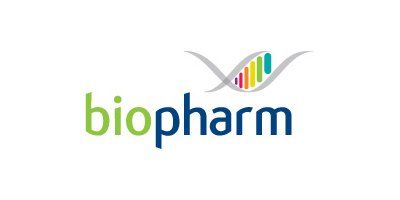

- Home
- Companies
- Biopharm Services Limited
- Articles
- The Top-Level Value of N-1 Perfusion ...
The Top-Level Value of N-1 Perfusion Processes for 100-1000kg/yr Biologics Manufacture
Are you interested in optimising performance of your upstream biologics manufacturing?
Cell retention/media perfusion devices increase the viable cell density of bioreactors and can be used to reduce the number or volume of seeding stages of the production bioreactor (1,2,3). Additionally, the production cycle can be initiated earlier, with a higher biomass inoculation. The production reactor cycle can be shorter or the same length but producing higher yields (4). This short blog will summarise the key factors that influence optimal utilisation of this intensified upstream operation.
The use of N-1 perfusion attracts a lot of interest in the industry. There are many differing results presented on process improvements but little data that ties them to CoG outcomes. What we want to demonstrate using BioSolve Process modelling are the key parameters that influence the real value.
Taking data from published examples (4,5,6,7)), different N-1 process scenarios (perfusion and non-perfusion) were modelled and compared to current seed train practises (BioPhorum Mab platform) for production capacities between 100kg/yr-1000kg/yr, based on 2000L SU bioreactors.
Adding perfusion to the N-1 seed train adds capital and operational costs. How are these costs best recouped and extra value maximised? That value is realised in different business contexts – here presented for a new manufacturing facility or a retrofit of an existing facility.
For a new (Greenfield) facility the model showed that:
- The duration of the N-1 bioreactor should be less than 50% that of the production bioreactor – this reduces the capital cost burden, by allowing one perfusion seed reactor to seed two production reactors.
- Surprisingly, a shorter upstream batch time did not decrease the costs sufficiently to offset the additional N-1 costs
- The concentrated N-1 seed & production bioreactor combination should aim to maximise titre, to gain the best outcome. Maximise biomass production in the N-1 seed and extend the titre production as much as possible. The cost gains are made by use of smaller bioreactor volumes for a given capacity when compared to traditional fed batch seeding.
For a capacity expansion in an existing facility (retrofit), a further consideration is the value of reduced upstream time translating into more batches (higher capacity) without having to invest in new facilities and new DSP capabilities (to cope with higher titres).
The ability of the high seeding density process to produce more product within the same facility is important for a multiproduct facility; It is notable that Samsung Biologics, a CMO, has applied the N-1 perfusion technology to a 3000L stainless steel seed train bioreactor and sees the value of shortened project times (8).
Modelling can quickly evaluate the value of new process technology in different contexts unique to individual organisations. Feel free to talk through with us how your production context could be rapidly applied to these predictive models.
